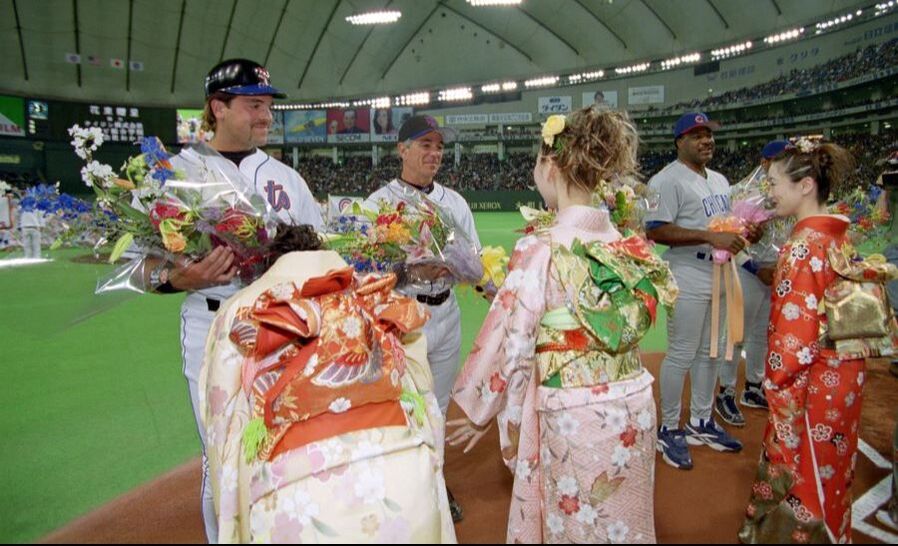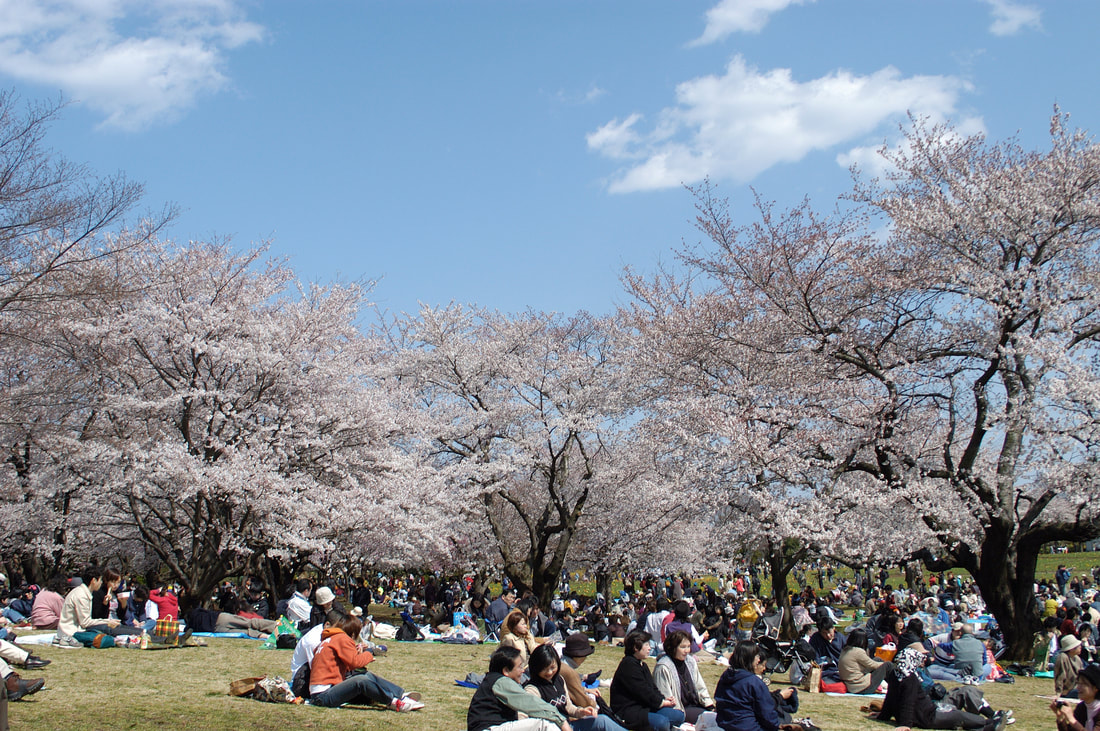|
Oh, my goodness, it was 20 years ago.
Today, the NYT reprinted an article I wrote 20 years ago today, on the Mets-Cubs league game in Tokyo. It was a pleasant surprise to be back in the paper and be reminded of a great trip and how much I love visiting Japan. This, at a time when there is much sadness at postponing the Tokyo Olympics to next year. ごめんなさい Gomen'nasai (I am sorry) The article jumped out of the Monday sports section – about Benny Agbayani’s grand-slam, pinch-hit homer in the 11th inning that defeated the Cubs. /www.nytimes.com/2000/03/31/sports/baseball-against-the-odds-agbayani-gets-mets-home-even.html?searchResultPosition=1 It was the end of a grand assignment – two Mets exhibitions around Tokyo, plus two official games, showing me how much the Japanese fans know about baseball, and America. It kicked off so many memories: ---Japanese fans booing good-heartedly when activist Mets manager Bobby Valentine (with his love and knowledge of Japan) had Sammy Sosa walked intentionally with first base open. “Japanese fans never boo the manager for this,” a Japanese reporter told me. “But they know it is normal in American baseball.” How cool – like young couples on Friday date night, going to TGIFriday’s glittering outlets all over Tokyo, for ribs and fries. ---Standing outside the Tokyo Dome that week, watching fans congregate and spotting a woman wearing a Mets uniform with Swoboda 4 on the back. Haruko told me, in quite good English, that she was a Mets fan – had seen a Nolan Ryan no-hitter in the States (for the Angels) and in fact had stayed with Ron and Cecilia Swoboda in New Orleans. ---The great Ernie Banks, retired by then, sidling up to me around the batting cage and repeating his iconic phrase: “Let’s play two.” ---How I spotted Masanori Murakami, the first Japanese national to play in the American majors – I covered that game, too, in 1964 – and re-introduced him to the Mets’ roving pitching coach, Alvin Jackson, who was his opponent in that epic debut. They laughed and shook hands and chatted, so comfortable with each other, as old players are. Alvin passed last year; I was so honored to have shared that moment with him. https://www.nytimes.com/2000/03/31/sports/sports-of-the-times-murakami-will-always-be-first.html?searchResultPosition=1 My other memories of that trip are less baseball-centric: ---Zonked on jet lag, taking my wife on the Tokyo subway, telling her how easy it would be, and emerging in sunny Ueno Park for a nice stress-free walk (and subsequent first meal in a neighborhood) ---Being driven from bustling Tokyo to a famous shrine by our former Long Island neighbors, Fumio and Akie, the nicest couple. Originally from Osaka, Fumio did not know every inch of Tokyo – does anybody? – but he relied on a novelty GPS built into his dashboard, and he negotiated all the tight little turns and ramps to get us on a freeway to a leafy shrine. --- Salarymen – and women – stopping to offer us directions when we appeared baffled by the odd numbering systems. --- After the baseball work, visiting historic Kyoto, where a woman addressed my wife in French; she had lived in France and loved to use that language. My wife, who speaks some French, sat on a bench and they chatted for an hour, about La Belle France. ---And finally, since it was 20 years ago this week, having people in Kyoto apologize to us because the cherry blossoms were late. In this grim spring, I think of all the places we cannot go, but when I think of baseball…and Japan….and friends….and spring...and having been privileged to go places and write stories, the day seems better.
bruce
3/30/2020 11:40:26 am
george,
George Vecsey
3/30/2020 12:58:21 pm
Bruce, thanks, you often talk about Nara....we thought the second capitol was enchanting, too -- real geishas strolling along the river, the gardens everywhere. So much we never got to do.
bruce
3/30/2020 01:16:26 pm
george,
Randolph
3/30/2020 05:13:46 pm
George,
George Vecsey
3/30/2020 09:12:50 pm
Randy, thanks for noticing. I was proud somebody noticed.
Randolph
3/30/2020 09:21:51 pm
George,
George Vecsey
3/30/2020 09:30:22 pm
Randy, thanks, she read it and praised it, too. She was on that trip. I had been to Japan two years earlier for the winter Olympics and had spent two days in Tokyo on the way back. So I was confident she would love it. She spent a whole day at the Kabuki theatre -- historic and funy, like Wrigley or Fenway, I went for one act and loved it. She found an Italian restaurant and we ate there a time or two. And we were reunited with our old neighbors; the lady has a sweet face, like the mask of a Kind Lady in kabuki or Noh drama, They were pals on our block. So she has memories. We have been very lucky.
Michael
3/31/2020 10:04:31 am
Nice article George... Your domestic and international reporting are such fond memories. And was the "twenty years ago today" line a reference to Sgt. Pepper's?
George
3/31/2020 12:13:40 pm
Michael; nice. But no, I wasn’t consciously echoing the lads, although that intro is “in my ears and in my eyes,”’so to speak. GV
bruce
3/31/2020 12:20:02 pm
george,
bruce
3/31/2020 12:28:36 pm
george,
Ed Martin
3/31/2020 06:10:08 pm
What a pleasure. I get the NYT digital and have not gotten to sports, yet, but hope it made that edition. Comments are closed.
|
Categories
All
|











